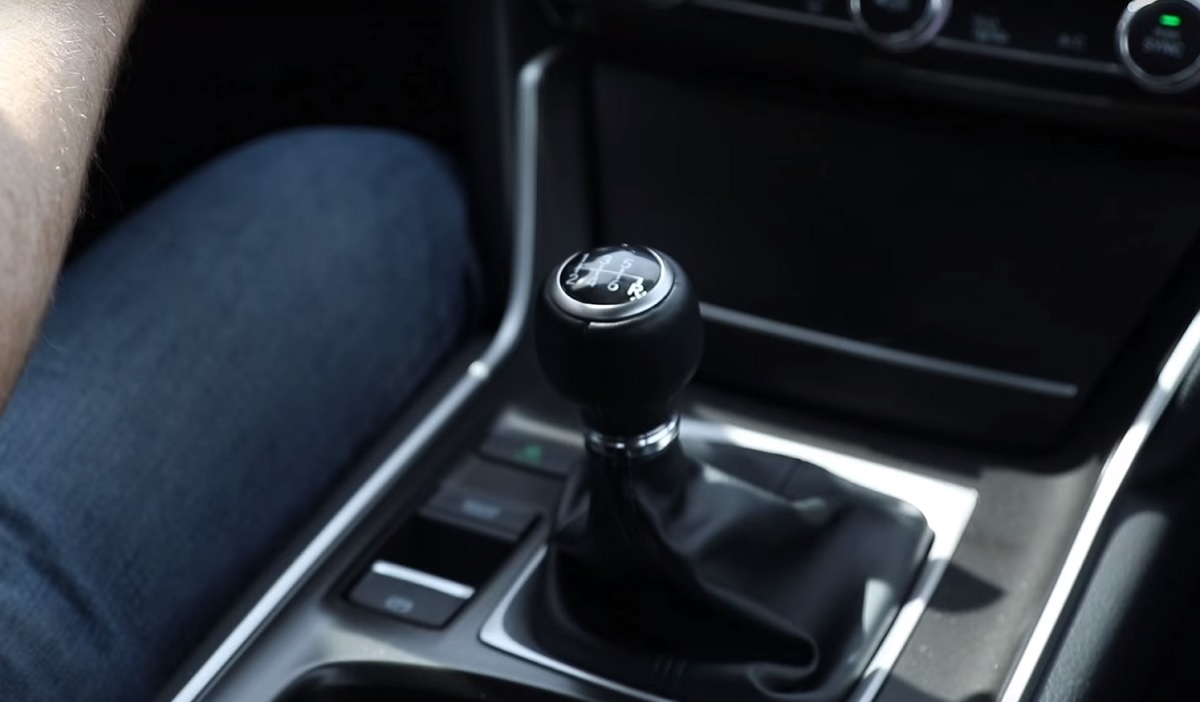Gear up for the Future: The Enduring Appeal of Manual Transmission

In the automotive world, the rise of automatic transmission has been a long and steady trend. From the 1950s, when the first fully automatic transmissions became available, to the present day, when almost all cars sold in the US have automatic or continuously variable transmissions, the dominance of automatic has been relentless. Yet, amidst all this shift, one type of transmission has stubbornly endured: manual transmission.
Manual transmission, also called stick shift or simply manual, is a type of transmission that uses a clutch pedal and a gear lever to engage and disengage the gears of the vehicle. The driver has to manually shift gears as needed, depending on the speed, terrain, and driving style. Manual transmission requires more skill and attention than automatic, but offers several advantages, including better fuel efficiency, more precise control, and a more engaging driving experience.
Despite these benefits, the popularity of manual transmission has declined over the years. In the 1980s, about 35% of new cars sold in the US had manual transmission; by 2019, that figure had dropped to less than 2%. The reasons for this decline are multifaceted and varied, ranging from the convenience and ease of automatic to the spread of traffic congestion and urbanization. Yet, even in this context, manual transmission has remained a cherished feature for many car enthusiasts and drivers who value the tactile feedback, mechanical intimacy, and sense of mastery that come with it.
One key aspect of manual transmission is its meshing system. The meshing system is the mechanism that enables the gears of the transmission to interlock and transfer power from the engine to the wheels. In manual transmission, the meshing system relies on the synchronization of the gear teeth and the use of a synchronizer ring, which helps to match the speed of the gears and reduce wear and tear on the transmission. The meshing system requires careful maintenance and adjustment, and is a critical factor in the performance and durability of the transmission.
Another factor that influences the appeal of manual transmission is the shifting pattern. Shifting pattern refers to the sequence of gears that the driver has to select to go from one speed to another. Different types of manual transmission have different shifting patterns, depending on the number of gears and the arrangement of the gears. Some common shifting patterns include:
- H-pattern: a classic shifting pattern that consists of a six-speed layout shaped like the letter H, with two pairs of gears on either side of the neutral position.
- Sequential: a racing-inspired shifting pattern that allows the driver to select gears in a sequential order, either up or down, without using the clutch.
- Dogleg: a rare shifting pattern that has the first gear located down and to the left, signaling that it is for low-speed maneuvers, and the rest of the gears arranged in a standard H-pattern.
Each shifting pattern has its advantages and challenges, depending on the driving conditions and the preferences of the driver. For example, the H-pattern is the most common and versatile, but can be cumbersome for high-speed driving, while the sequential is faster and more efficient, but may require more concentration and coordination.
Manual transmission is not without its limitations and drawbacks. It can be more tiring and demanding to drive in heavy traffic, especially if the clutch is stiff or the shifting is not smooth. It can also be harder to resell a manual car, as many buyers prefer the convenience of automatic. Moreover, not all cars offer a manual option, and some automakers have phased out manual altogether, citing cost, complexity, and emissions regulations.
Despite these challenges, manual transmission remains a distinctive and rewarding feature that can elevate the driving experience to a new level. Whether you prefer a classic sports car or a modern hatchback, a manual transmission can offer a sense of connectedness and control that no automatic can match. And, with the recent trend of electric vehicles and hybrid cars, which have fewer gears or none at all, manual transmission may become even more precious and valuable as a symbol of traditional motoring.
In conclusion, manual transmission is more than a mere mechanical device or a relic from the past; it is a cultural icon and a testament to the enduring spirit of human ingenuity and passion. As we look forward to the future of transportation and the evolution of mobility, let us not forget the beauty and joy of manual transmission, and embrace it as a reminder of what makes driving truly unique and exciting.
Keywords: manual transmission, meshing transmission, gear lever, shifting pattern, synchronizer ring, classic sports car, driving experience.
